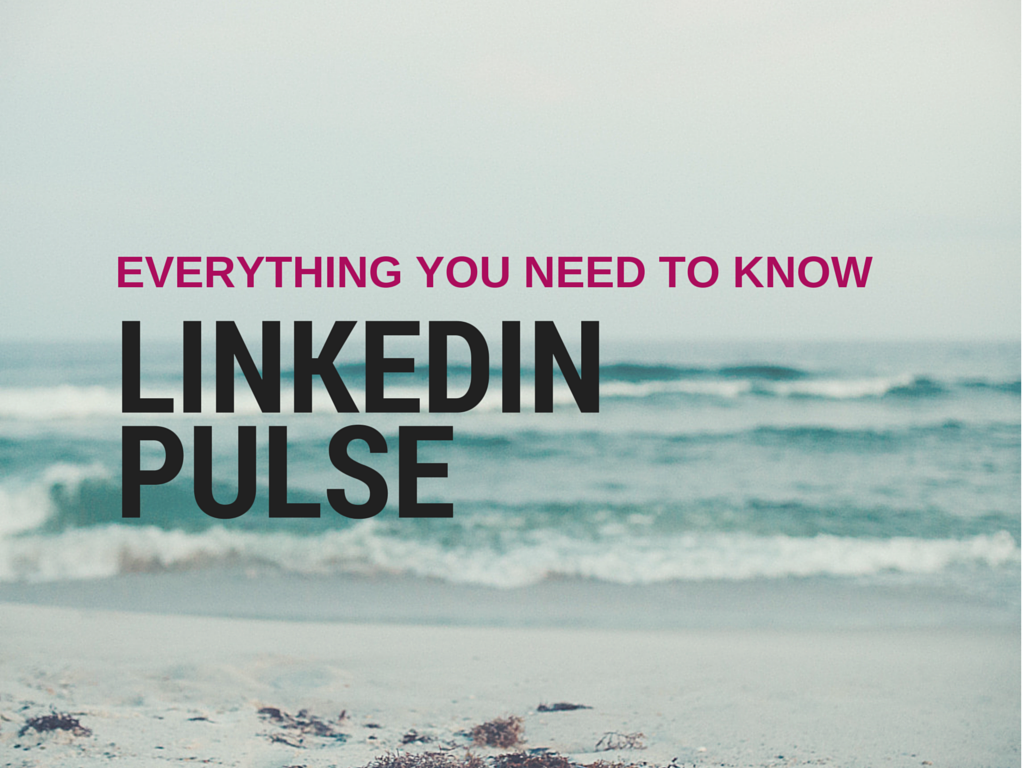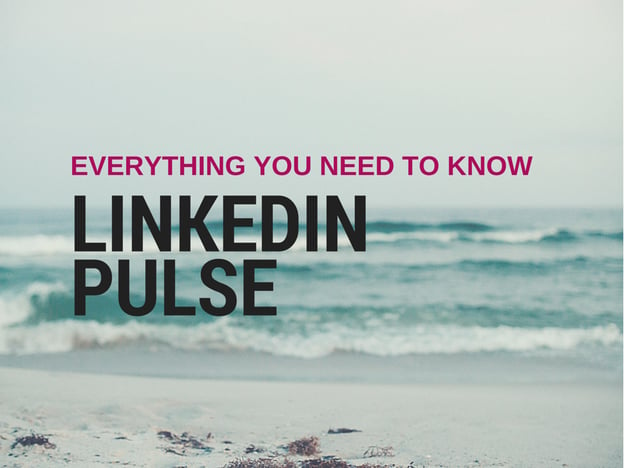- May 27, 2015
- By Aly Schweigert
- In Social Media and Digital Marketing



We're always thinking, discovering and sharing our knowledge of how to connect with customers in the digital age. Here we share some of those thoughts.


LinkedIn — it’s important for professionals in a wide variety of businesses, and not just because it gives you the chance to show off an awesome headshot and highlight those language courses you took in college. LinkedIn also provides a great platform for distributing your content and engaging with your audience.
But how does LinkedIn’s algorithm decide what gets shared with your followers vs. what gets shared with 100,000 users? I’ve done a little digging, and, while LinkedIn's API and systems are closely guarded, I have some insights to share:
People who post regularly note that Tuesday to Thursday, mid-afternoon to evening are the best times to post — according to anecdotal evidence, posting during these times will increase the likelihood that your content will be distributed via LinkedIn Pulse. The timing has a lot to do with LinkedIn's use of ratio metrics, which leads us to...
LinkedIn rewards content that is viewed, liked, and shared within 12 hours of posting. Since users are often logged in mid-week, content is more likely to be viewed — you guessed it — Tuesday to Thursday, mid-afternoon to evening. This doesn’t mean that content published at other times won’t “go viral,” but it does mean that you’ll need to strategically determine when the audience most interested in what you have to say will be scrolling and willing to like and comment.
Simply put, LinkedIn works on the high school method of popularity — the more popular you are as a Freshman, the more likely people will vote you as Queen at Senior Prom.
Ahem.
Sometimes a good rule of thumb is to go straight to the top. If a piece of content is garnering thousands of likes, you can tweet to "Tip@LinkedInPulse," which is monitored by Pulse editors. This is for content that is in the 5-10k view range, and bringing popular content to the attention of the editors will increase your chances of getting to the top stories for millions of users.
It might feel unnatural at first, but never be afraid to call attention to an article the editors might want to read. If you’ve done good work and highlighted an issue or answered a question that’s important to your audience, others will want to read about it.
Based on these insights, I can make some broad recommendations: I'd suggest that you continue posting in that Tuesday-Thursday afternoon time slot. Because of the ratio metrics, it’d be a great idea to email your coworkers with a link to your recently-posted article to ask for likes, shares, and comments. Increased activity in that 12-hour window will help the content get "tagged" and appear in several feeds. You may not want to do this with every piece, but content that speaks to your company’s positioning and involves a strong CTA should take advantage of this.
You can also ask your social media team to include tweets to the LinkedIn post to get eyes on the page, but I want to note that you should consider doing this this sparingly and only with that vital, brand-positioning content — you want to find a good balance because it's easier to get a reader into the sales funnel on your inbound-optimized website, but we also want to take advantage of the wider broadcasting capabilities of LinkedIn's publishing platform to engage with individuals who may not have gone to the website yet. Remember that it’s harder to track conversions from LinkedIn and know those conversions are coming from Pulse, so only promote when you’ve got red hot content.
One last reminder: take a hot second to clean up your LinkedIn page (and add your awesome headshot) before you post, too — you’ll want to engage with your raving fans once your content starts rolling!
We know what it takes to create meaningful connections with customers.
Subscribe to our newsletter and start thinking with Cleriti.

